
Asparagales is an order of plants in modern classification systems such as the Angiosperm Phylogeny Group (APG) and the Angiosperm Phylogeny Web. The order takes its name from the type family Asparagaceae and is placed in the monocots amongst the lilioid monocots. The order has only recently been recognized in classification systems. It was first put forward by Huber in 1977 and later taken up in the Dahlgren system of 1985 and then the APG in 1998, 2003 and 2009. Before this, many of its families were assigned to the old order Liliales, a very large order containing almost all monocots with colorful tepals and lacking starch in their endosperm. DNA sequence analysis indicated that many of the taxa previously included in Liliales should actually be redistributed over three orders, Liliales, Asparagales, and Dioscoreales. The boundaries of the Asparagales and of its families have undergone a series of changes in recent years; future research may lead to further changes and ultimately greater stability. In the APG circumscription, Asparagales is the largest order of monocots with 14 families, 1,122 genera, and about 36,000 species.

The Magnoliales are an order of flowering plants.
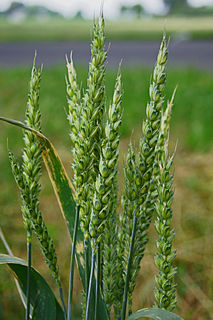
The Poales are a large order of flowering plants in the monocotyledons, and includes families of plants such as the grasses, bromeliads, and sedges. Sixteen plant families are currently recognized by botanists to be part of Poales.

Poaceae or Gramineae is a large and nearly ubiquitous family of monocotyledonous flowering plants known as grasses. It includes the cereal grasses, bamboos and the grasses of natural grassland and species cultivated in lawns and pasture. The latter are commonly referred to collectively as grass.

The Typhaceae are a family of flowering plants, sometimes called the cattail family. The botanical name for the family has been recognized by most taxonomists.
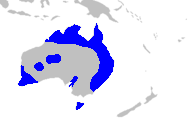
Xanthorrhoea is a genus of about 30 species of flowering plants endemic to Australia. Species are known by the name grass tree.

The Xyridaceae are a family of flowering plants. This family has been recognized by many taxonomists and is known as the yellow-eyed grass family.

Marie Henriette of Austria was Queen of the Belgians as the wife of King Leopold II. The marriage was arranged against the will of both Marie Henriette and Leopold and became unhappy due to their dissimilarity, and after 1872 the couple lived separate lives, though they continued to appear together in public. Queen Marie Henriette was described as an energetic and intelligent horsewoman, foremost devoted to her animals. In 1895, she openly retired from public life and lived her last seven years in the city of Spa, where she became known as "The Queen of Spa".
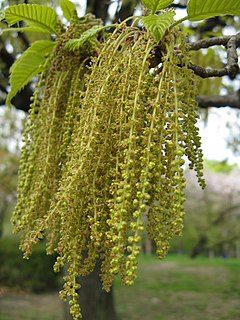
Anemophily or wind pollination is a form of pollination whereby pollen is distributed by wind. Almost all gymnosperms are anemophilous, as are many plants in the order Poales, including grasses, sedges, and rushes. Other common anemophilous plants are oaks, pecans, pistachios, sweet chestnuts, alders and members of the family Juglandaceae. Approximately 12% of plants across the globe are benefited by anemophily, including cereal crops like rice and corn and other prominent crop plants like wheat, rye, barley, and oats. In addition, many pines, spruces, and firs are wind-pollinated, and people rely on these hardwood trees for their survival.

The family Stylidiaceae is a taxon of dicotyledonous flowering plants. It consists of five genera with over 240 species, most of which are endemic to Australia and New Zealand. Members of Stylidiaceae are typically grass-like herbs or small shrubs and can be perennials or annuals. Most species are free standing or self-supporting, though a few can be climbing or scrambling.

QGIS is a free and open-source cross-platform desktop geographic information system (GIS) application that supports viewing, editing, and analysis of geospatial data.
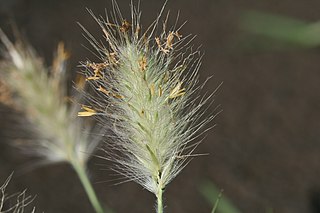
Glumiflorae is a descriptive botanical name. It was used in the Wettstein system for an order of flowering plants. The order consisted of one family only:

Henriette Davidson Avram was a computer programmer and systems analyst who developed the MARC format, the international data standard for bibliographic and holdings information in libraries. Avram's development of the MARC format in the late 1960s and early 1970s at the Library of Congress had a revolutionizing effect on the practice of librarianship, making possible the automation of many library functions and the sharing of bibliographic information electronically between libraries using pre-existing cataloging standards.

Mother Henriette Díaz DeLille, SSF was a Black Catholic nun from New Orleans who founded the Sisters of the Holy Family in 1836 and served as their first Mother Superior.
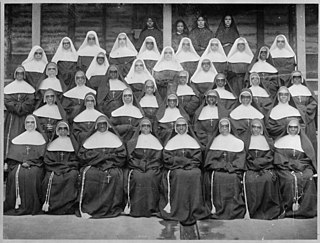
The Sisters of the Holy Family are a Catholic religious order of African-American nuns based in New Orleans, Louisiana. They were founded in 1837 as the Congregation of the Sisters of the Presentation of the Blessed Virgin Mary by Henriette DeLille, adopting the current name in 1842. They were the second Black religious order in the United States, after Mother Mary Lange's Oblate Sisters of Providence.

Hurricane Henriette was a minimal Category 1 hurricane that affected portions of Mexico in late August and early September 2007. The storm, which caused nine fatalities, formed from an area of disturbed weather on August 30, 2007, and became a tropical storm the next day. The cyclone moved parallel to the Mexican Pacific coast, but its proximity to the shore resulted in heavy rainfall over land. The most affected city was Acapulco, Guerrero, where six people were killed by landslides, and where over 100 families had to be evacuated after the La Sabana River flooded. Henriette then turned north and headed towards the Baja California peninsula, and became a Category 1 hurricane on the Saffir-Simpson Hurricane Scale. Henriette made its first landfall east of Cabo San Lucas at peak intensity, causing the death of one woman due to high surf.

Cymbopogon schoenanthus, the camel grass, camel's hay, fever grass, geranium grass, or West Indian lemon grass, is a herbal plant of Southern Asia and Northern Africa, with fragrant foliage.
An early system of plant taxonomy, the Lindley system, was first published by John Lindley as An Introduction to the Natural System of Botany. This was a minor modification of that of de Candolle (1813). He developed this further over a number of publications, including the Nixus plantarum (1833) and a second edition of Natural History (1836), in which he introduced the concept of a higher order of taxonomic rank, the Alliances, in which to embedded the Tribes (families). He also expanded his ideas on Exogens in his entry of that name in the Penny Cyclopedia (1838). In 1839 he revised his division of the plant kingdom into classes in an article in the Botanical Register. Lindley's system culminated in the three editions of his Vegetable Kingdom.
Henriette Pressburg later on marriage, Henriette Marx, was the mother of the communist philosopher and economist Karl Marx.
















